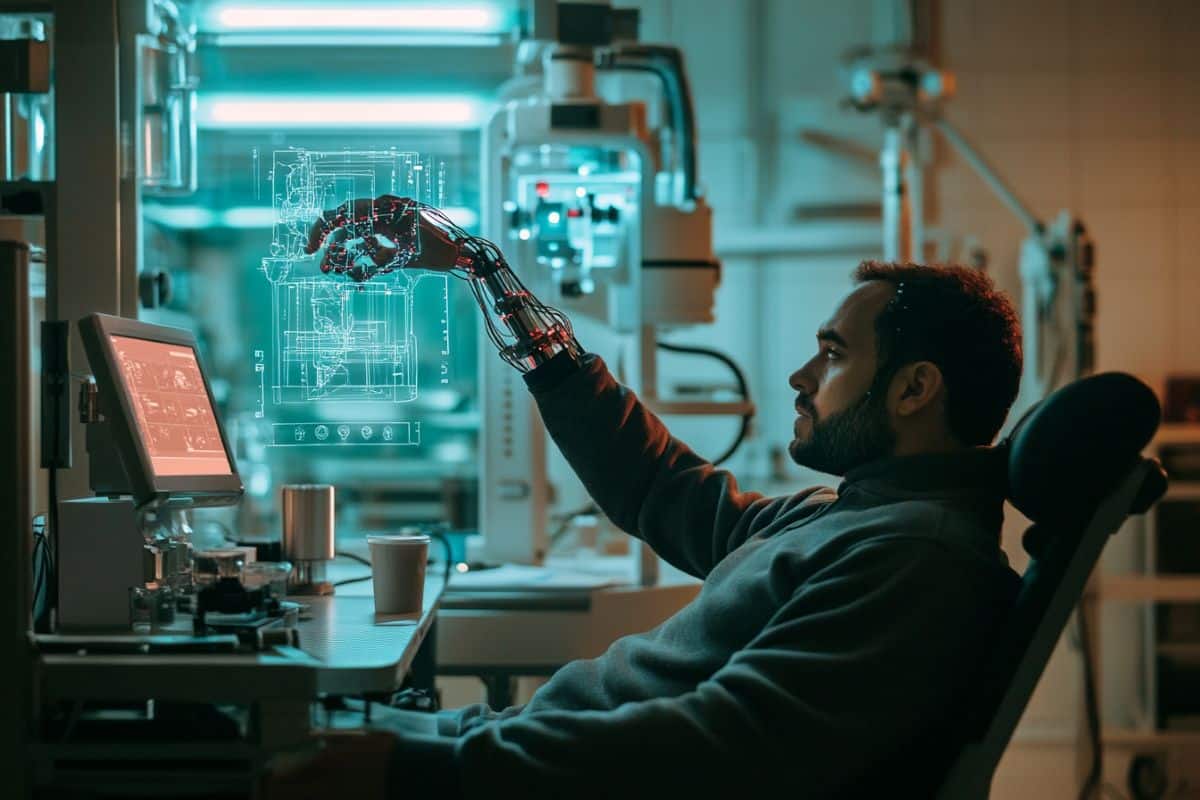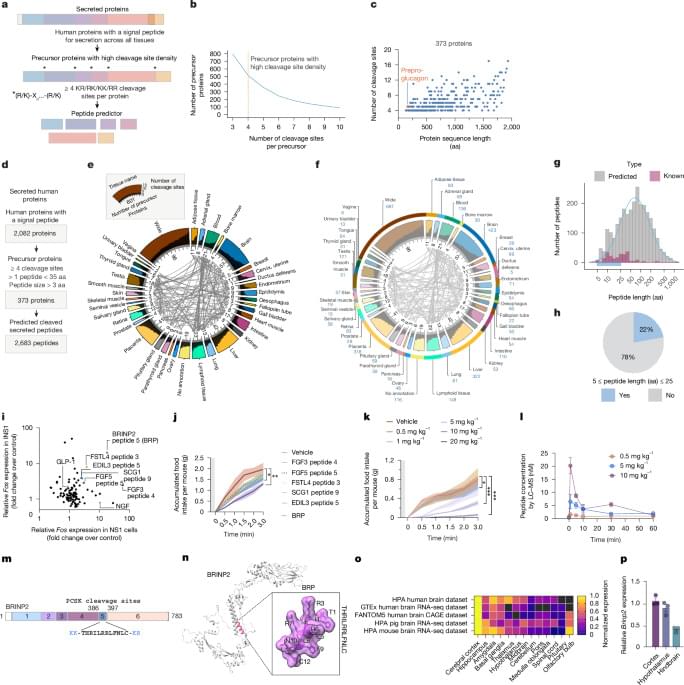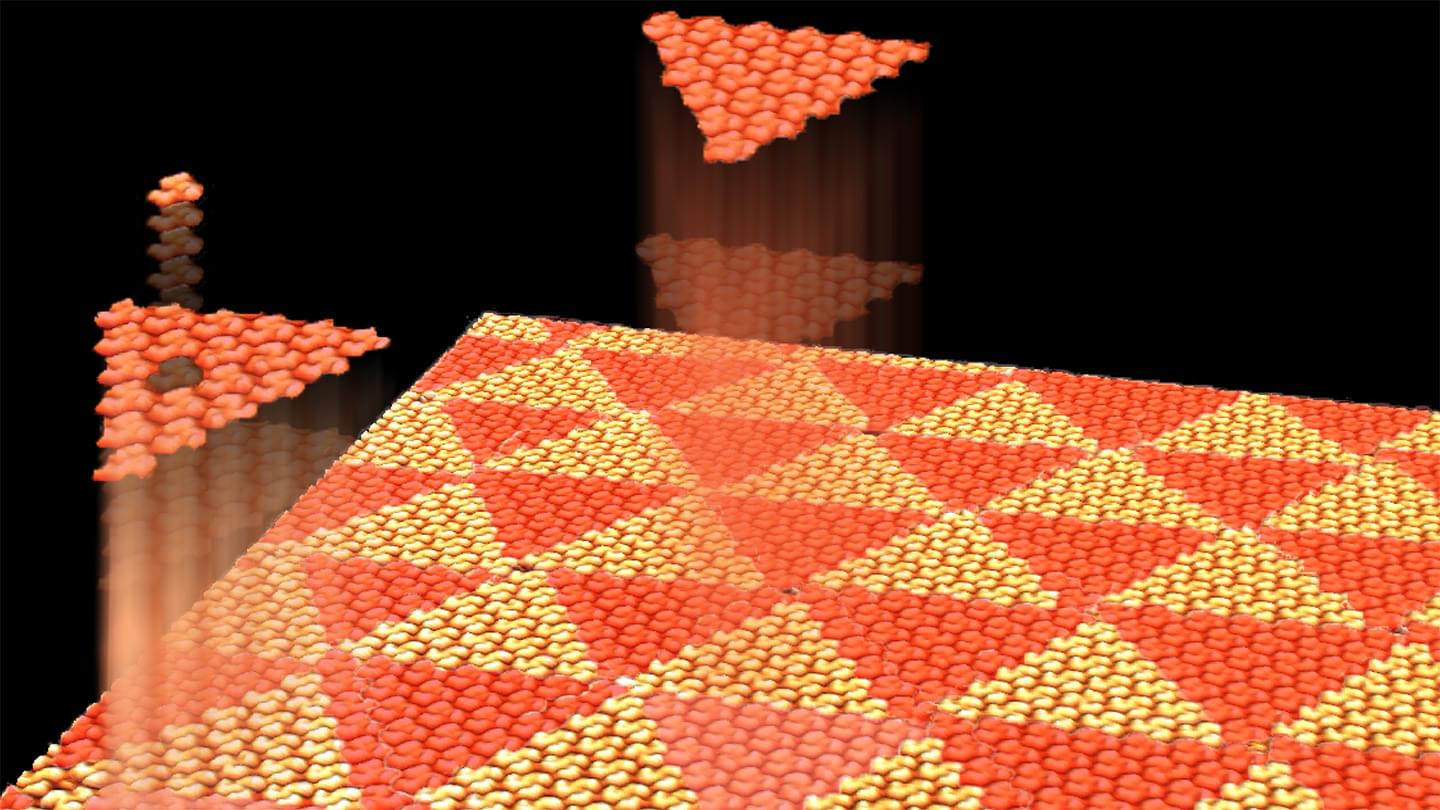[TIME SUBJECT TO CHANGE] This is the eighth fully integrated test flight of Starship with its Super Heavy booster, the largest and most powerful rocket to ever fly. This is the second launch of the new Starship upper stage with many tweaks, bringing it closer to full functionality.
If all goes well, Starship will softly splashdown in the Indian Ocean about 66 minutes after it lifts off from Starbase, TX, having performed a Raptor relight test and deploying 4 Starlink mass simulators. SpaceX will hopefully be attempting to catch the Super Heavy booster with the launch tower again, which would be the third catch of the booster.
Want more information on how exactly they’ll catch Super Heavy? WATCH THIS — https://www.youtube.com/watch?v=pAPt5vbr-YU
Want to know where to watch this live? I made a video on how to visit Starbase and where to watch a launch from — https://youtu.be/aWvHrih-Juk.
Learn more about Everyday Astronaut Mission Control by Guinn Partners! — http://guinnpartners.com.
Want to support what I do? Consider becoming a Patreon supporter for access to exclusive livestreams, our discord channel! — http://patreon.com/everydayastronaut.





